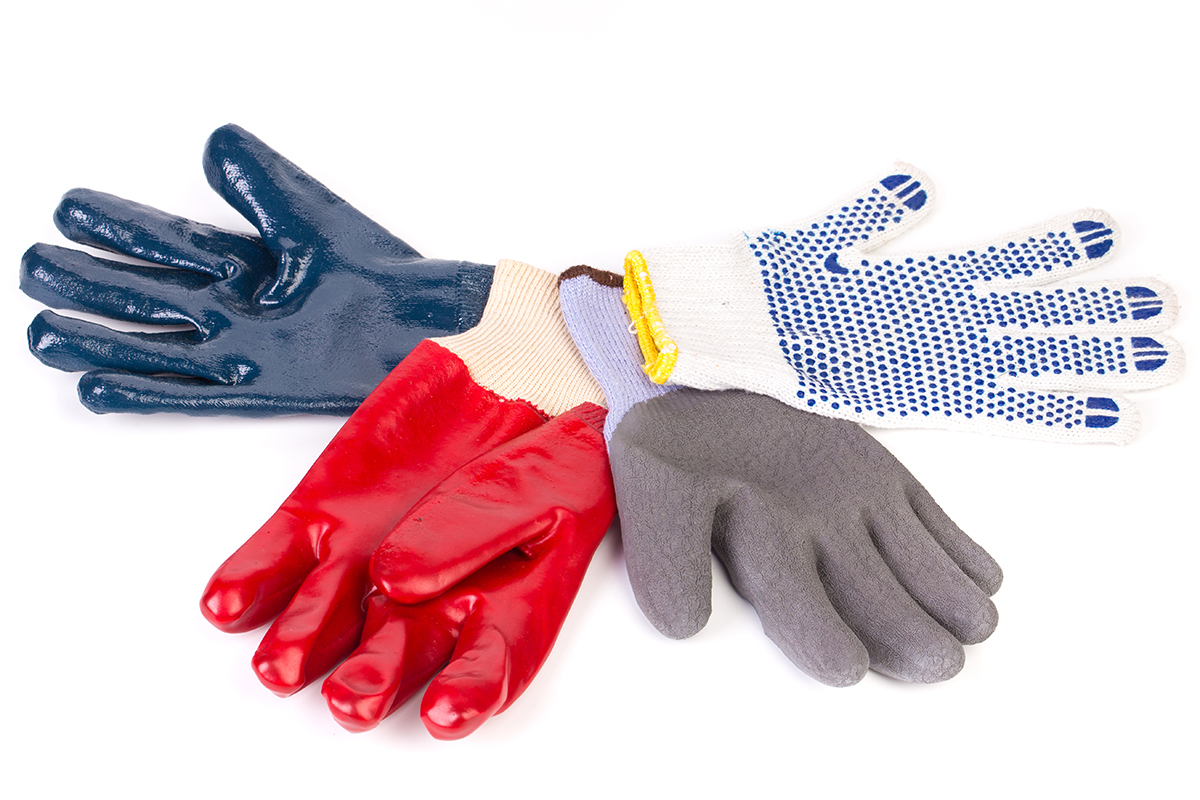
Manufacturing: Playing it Safe
Keep Your Hands Safe on the Job with the Right Safety Glove for the Task
The term “one size fits all” has no place in the world of safety gloves. When it comes to sizing up the right glove – one that will allow you to work both safely and efficiently – you must take several considerations into account. The idea is to balance the amount of protection needed with the glove’s characteristics to determine the best option for the task at hand.
These general guidelines will help you select a glove designed for optimal hand protection:
Fit
Measure your hand circumference around the palm or at the base of the fingers. The number of inches will determine your size.
Dexterity
Disposable thin-gauge gloves made from natural rubber latex (NRL), nitrile, neoprene or plastic PVC offer the most dexterity and sensitivity.
Thin, disposable gloves allow for work with small parts, food products and other delicate tasks but don’t offer as much protection.
Protection against Chemicals
Use disposable nitrile gloves when handling oils and grease. They also protect against dry chemicals and many other lab chemicals. These types of gloves can be layered to provide added protection.
Toughness
Wear cotton or leather gloves, preferably with coating, when handling abrasive or heavy objects. Gloves coated with NRL, PVC, nitrile, neoprene and polyurethane outwear normal cotton and leather gloves by two to 10 times. However, gloves with coating offer the least amount of dexterity, so you may want to choose a pair with lighter weight coatings, palm-coating or flat-dipped gloves.
Cut Resistance
If you need to protect your hands against sharp objects, choose gloves with a higher level of cut resistance (Level 0=<200 grams to Level 5=3,500 grams). Keep in mind, however, that no glove will protect you from a serrated or moving blade.
Handling Oily or Slippery Objects
Wear sponge or foam-coated gloves that allow you to have a solid grip on slippery objects. Oil is able to penetrate these types of gloves, making the objects easier to hold and reducing the risk that you will drop them and injure yourself or a co-worker.
Chemical Hazards
Wear gloves coated in NRL, nitrile, neoprene or PVC when handling fuels, grease and oils. Wear butyl or laminate gloves when handling ketones. Wear neoprene when handling acids and caustic materials.
We have the knowledge and experience to help workers stay safe on the job
Hand injuries sustained at work are very common and often occur because the worker fails to wear adequate hand protection. Since no one glove provides universal protection against every potential hazard, it’s important to choose a safety glove that is best suited to the specific work you perform.
To learn more about playing it safe on the manufacturing workfloor, talk to the safety experts at VTC Insurance Group. Give us a call at 248.828.3377 or visit vtcins.com.
This blog is for informational purposes only and is not intended as legal advice.


